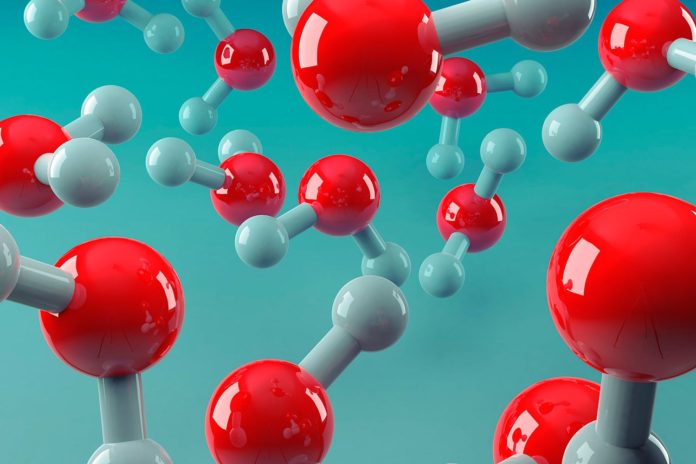An innovative new device has been developed by researchers that could change the world of electronics as we know it. It’s a dissolvable type of electronic that can be triggered by simply exposing it to water molecules found within the atmosphere. This kind of technology could prove to be extremely useful when it comes to eco-friendly disposable items such as personal electronics or even biomedical devices that are dissolved within the body. It could also be used in security applications where the device can be dissolved to protect the sensitive data that may be on it.
Lead author of the paper is Cunjiang Yu, Bill D. Cook Assistant Professor of mechanical engineering at the University of Houston. He confirms how this new mechanism demonstrates a whole new side to transient electronics. Rather than having to be submerged in biofluids or aqueous corrosive solutions the new mechanism dissolves simply upon being exposed to ambient moisture. What’s more important is that the “transient period of time can be precisely controlled,” confirms Yu.
Essentially this means that biomedical implants could be created that have been programmed to just dissolve once it had completed the task at hand (i.e. delivering medication). In terms of communication, the device could be designed to dissolve automatically once the message had been received by the recipient. And what about all those old cell phones? This type of technology could even be used to make cell phones disappear when they’re no longer useful or needed.
“We demonstrate that polymeric substrates with novel degradation kinetics and associated transience chemistry offer a feasible strategy to construct physically transient electronics,” confirmed the researchers. “Through the manipulation of the polymer component and environmental humidity, the progress of hydrolyzing polyanhydrides can be managed and thus the dissolution kinetics of a functional device can be controlled.”
The researcher’s model was built using an additive process onto a film that was made out of polymer polyanhydride. Everything with the device remained stable until it was subjected to ambient moisture. This caused a chemical breakdown to occur which caused the inorganic electronic materials and components to simply dissolve.
More News to Read
- Scientist Find a Rubber Material That Could Lead to Scratch-Proof Cars
- Are you Ready to Have Your Own Mars Rover? Here is Your Chance
- Is There a Rise in Biodegradable Plastic Production Coming?
- Scientists Has developed a Model Which Explains the Nature of High-Energy Cosmic Rays
- Is Heat Energy the New Alternative Fuels Source?

